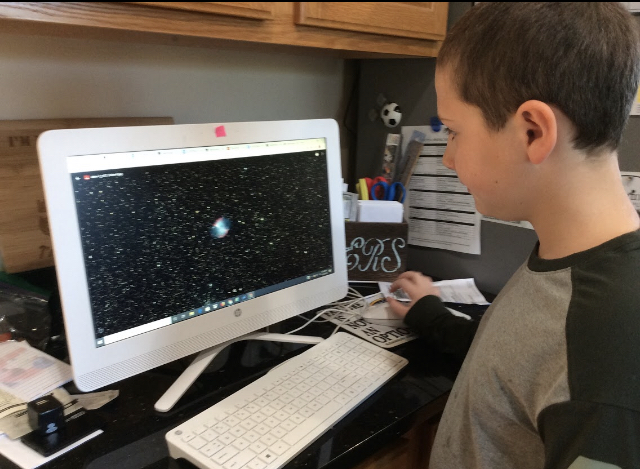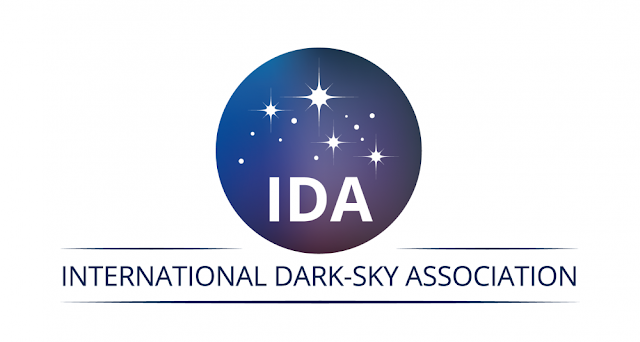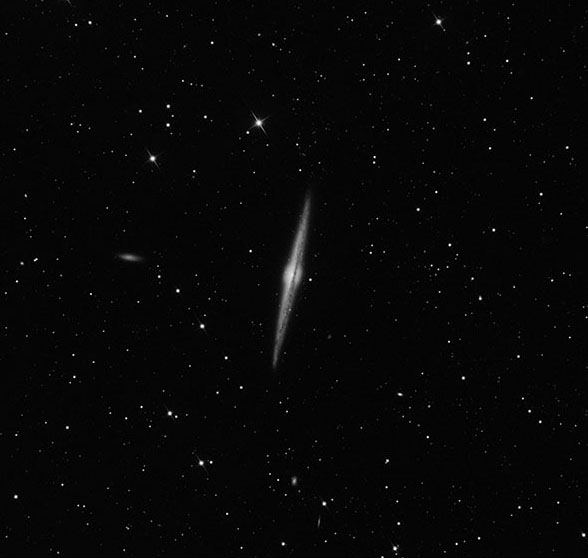During these unusual and stressful times, Insight Observatory has been fortunate enough to be able to offer and provide online learning opportunities with teachers and students from their homes. One instance was a recent collaboration with Plymouth South Elementary School 5th-grade teacher, Ms Christine DeSantis, from Plymouth, Massachusetts. Insight Observatory and Ms. DeSantis had scheduled an education program earlier this year to take place in April 2020. Fortunately, due to Insight's online Educational Image Request (EIR) application, Ms. DeSantis and her 5th-grade students could still proceed with the class project as planned.
"We are very grateful to have been able to benefit from Insight Observatory’s educational outreach program, especially during this difficult and challenging process of distance learning!" states Ms. DeSantis. "Students first visited Insight Observatory's website to learn more about the online remote telescopes and their locations. The students discussed why New Mexico was an ideal location for deep space photography, and how Insight Observatory Co-Founder, Mr. Petrasko, first became interested in space photography. It was inspiring and motivating for the kids to learn how a hobby and interest in space could eventually develop into this type of program."
"After their research, students were paired up to choose some deep-sky images to have photographed. It was particularly exciting for the students to find out that the spring sky is loaded with galaxies. Students chose from a list of open star clusters, spiral galaxies, globular clusters, and planetary nebulae. They were thrilled when their images arrived. After seeing their images, students discussed the immensity of distances in space and reviewed the variation in galaxy shapes. This was such a wonderful project, especially since it allowed my students to visit faraway places without having to leave their homes."
Read More
 |
| Plymouth South Elementary School Student, Aidan F., examines his image of M27, The Dumbbell Nebula, taken on Insight Observatory's 16 f/3.7 astrograph reflector (ATEO-1) remote telescope. |
"We are very grateful to have been able to benefit from Insight Observatory’s educational outreach program, especially during this difficult and challenging process of distance learning!" states Ms. DeSantis. "Students first visited Insight Observatory's website to learn more about the online remote telescopes and their locations. The students discussed why New Mexico was an ideal location for deep space photography, and how Insight Observatory Co-Founder, Mr. Petrasko, first became interested in space photography. It was inspiring and motivating for the kids to learn how a hobby and interest in space could eventually develop into this type of program."
"After their research, students were paired up to choose some deep-sky images to have photographed. It was particularly exciting for the students to find out that the spring sky is loaded with galaxies. Students chose from a list of open star clusters, spiral galaxies, globular clusters, and planetary nebulae. They were thrilled when their images arrived. After seeing their images, students discussed the immensity of distances in space and reviewed the variation in galaxy shapes. This was such a wonderful project, especially since it allowed my students to visit faraway places without having to leave their homes."
Insight Observatory would like to thank Ms. DeSantis and her 5th-grade students for participating in a classroom project for the 3rd year straight year! Even during these challenging learning conditions, we are very happy we could still make it possible!
If you are an educator and would like to participate in an online learning opportunity using our Astronomical Telescopes for Educational Outreach (ATEO) remote telescope network, please Contact Us.
If you are an educator and would like to participate in an online learning opportunity using our Astronomical Telescopes for Educational Outreach (ATEO) remote telescope network, please Contact Us.











